From Concept to Reality: Collaborating with Local Artists for Unique Sustainable Designs
Introduction
In the evolving landscape of sustainable design, the collaboration between designers and local artists stands out as a beacon of creativity and environmental consciousness. By joining forces, these talented individuals create unique furniture pieces that capture the essence of artistic expression while promoting sustainability. This article delves into the stories behind these collaborations, highlighting the creative process, the artists’ inspirations, and the significant environmental impact of their work.
The Power of Collaboration
Bridging Creativity and Sustainability
Collaborations between designers and local artists bring together diverse perspectives and skills, resulting in furniture pieces that are both innovative and eco-friendly. These partnerships harness the artists’ creative vision and the designers’ technical expertise to transform sustainable concepts into tangible realities.
Stories of Collaboration
The Wooden Harmony: Maria Svensson and Alex Lindberg
Maria Svensson, a renowned woodworker, and Alex Lindberg, a sculptor known for his abstract creations, teamed up to create a series of sustainable furniture pieces that blend functionality with artistic flair. Their collaboration began with a shared passion for nature and a commitment to using reclaimed wood.
The Creative Process
Maria and Alex spent months selecting the perfect pieces of discarded wood, each with its own history and character. They meticulously planned the designs, ensuring that each piece would highlight the natural beauty of the wood. Maria’s expertise in woodworking complemented Alex’s sculptural techniques, resulting in furniture that is both structurally sound and visually stunning.
Inspiration
The duo drew inspiration from the Swedish forests, aiming to reflect the tranquility and beauty of nature in their work. By using reclaimed wood, they paid homage to the trees that once stood tall, giving them a second life through their creations.
Environmental Impact
Their work significantly reduces waste by repurposing wood that would otherwise end up in landfills. Additionally, they use eco-friendly finishes and adhesives, ensuring that their pieces are sustainable from start to finish.
Urban Elegance: Sofia Berg and Erik Johansson
In the bustling city of Stockholm, designer Sofia Berg and metal artist Erik Johansson collaborated to create a line of urban-inspired furniture. Their pieces are characterized by sleek lines and industrial materials, transformed into sustainable works of art.
The Creative Process
Sofia and Erik started by exploring abandoned factories and warehouses, collecting metal scraps and other discarded materials. They then brainstormed designs that would incorporate these elements, blending Sofia’s modern aesthetic with Erik’s intricate metalwork.
Inspiration
The city itself served as their primary source of inspiration. They sought to capture the essence of urban life—its energy, resilience, and raw beauty—while making a statement about the importance of recycling and sustainability in urban environments.
Environmental Impact
By upcycling metal scraps, they reduce the demand for new raw materials and lower the environmental footprint of their creations. Their commitment to sustainability extends to every aspect of their work, from sourcing materials to the final product.
Coastal Creations: Lena Ekstrom and Jonas Nilsson
Lena Ekstrom, a ceramic artist, and Jonas Nilsson, a designer known for his innovative use of reclaimed materials, joined forces to create a collection of furniture that reflects the serenity and beauty of the Swedish coastline. Their collaboration focuses on incorporating beachcombed materials and driftwood into their designs.
The Creative Process
Lena and Jonas began by collecting materials from local beaches, including driftwood, sea glass, and discarded fishing nets. These items served as the foundation for their unique furniture pieces. Jonas’s design skills brought structure and function, while Lena’s ceramic artistry added delicate, ocean-inspired details.
Inspiration
The coastal landscape provided endless inspiration for their work. They aimed to capture the essence of the sea, blending the ruggedness of driftwood with the smoothness of ceramics to create harmonious pieces that evoke a sense of calm and connection to nature.
Environmental Impact
Their use of beachcombed materials not only reduces waste but also raises awareness about ocean pollution. By turning discarded items into functional art, Lena and Jonas highlight the importance of protecting marine environments and promote sustainable living.
The Creative Process: Turning Concepts into Reality
Initial Conceptualization
The journey from concept to reality begins with brainstorming and conceptualization. Designers and artists collaborate to develop ideas that align with their shared vision of sustainability and artistic expression. This phase involves sketching designs, selecting materials, and planning the overall aesthetic.
Material Sourcing
Sustainability is at the forefront of material selection. Collaborators seek out reclaimed, recycled, and eco-friendly materials that minimize environmental impact. This step often involves scouring local sources for hidden gems, such as discarded wood, metal scraps, and other reusable items.
Crafting and Creation
Once the materials are gathered, the real work begins. Artists and designers bring their concepts to life through a combination of traditional craftsmanship and modern techniques. This phase is marked by creativity, experimentation, and a commitment to sustainability.
Final Touches
The final step involves refining the pieces, adding eco-friendly finishes, and ensuring that each item meets high standards of quality and sustainability. The result is a unique piece of furniture that tells a story of collaboration, creativity, and environmental responsibility.
Conclusion: The Impact of Collaborative Sustainable Design
Collaborating with local artists to create unique, sustainable furniture pieces is more than just a trend; it is a movement towards a more conscious and creative world. These collaborations not only produce beautiful, functional art but also highlight the importance of sustainability in design. By turning concepts into reality, designers and artists alike contribute to a brighter, greener future.
Looking to learn more about sustainable approaches? Feel free to reach out to us, book a call below!
References
- Svensson, Maria, and Lindberg, Alex. “The Wooden Harmony Collection.” SvenssonLindbergArt.se.
- Berg, Sofia, and Johansson, Erik. “Urban Elegance Furniture Line.” BergJohanssonDesigns.se.
- Ekstrom, Lena, and Nilsson, Jonas. “Coastal Creations Collection.” EkstromNilssonDesign.se.
- Sustainable Design Council. “The Importance of Sustainable Furniture Design.” Green Press, 2019.
- Thompson, Lucy. “Collaborative Creativity: Designers and Artists in the Sustainable Movement.” Eco Design Publishing, 2021.
subscribe to our newsletter!
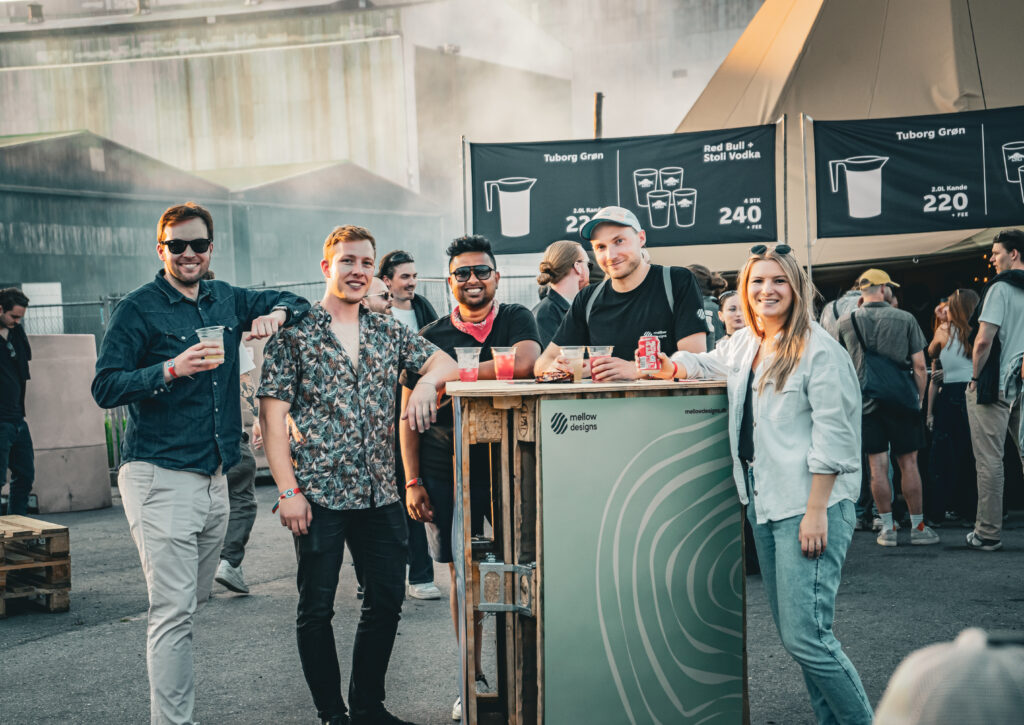
Latest ArtiCles
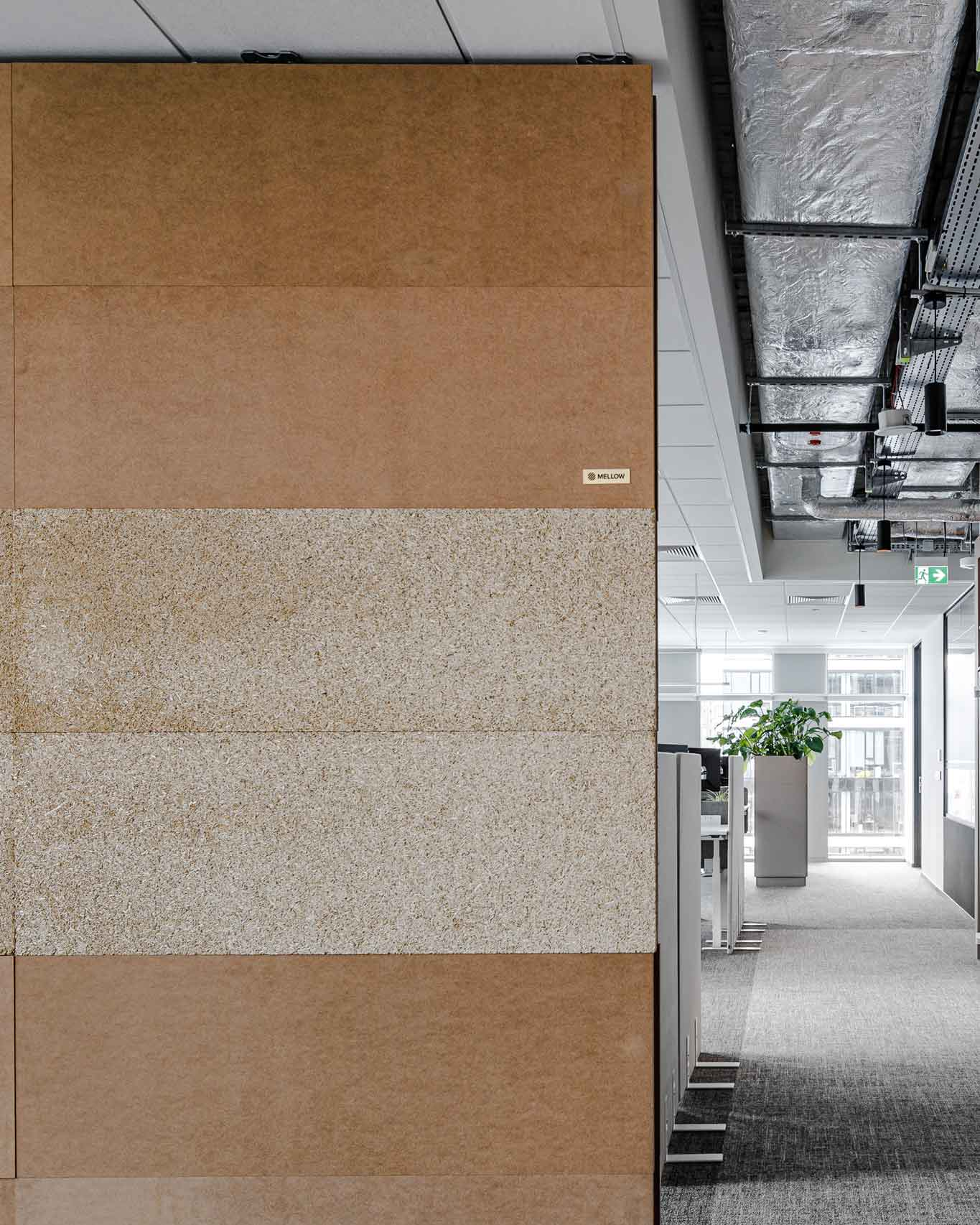
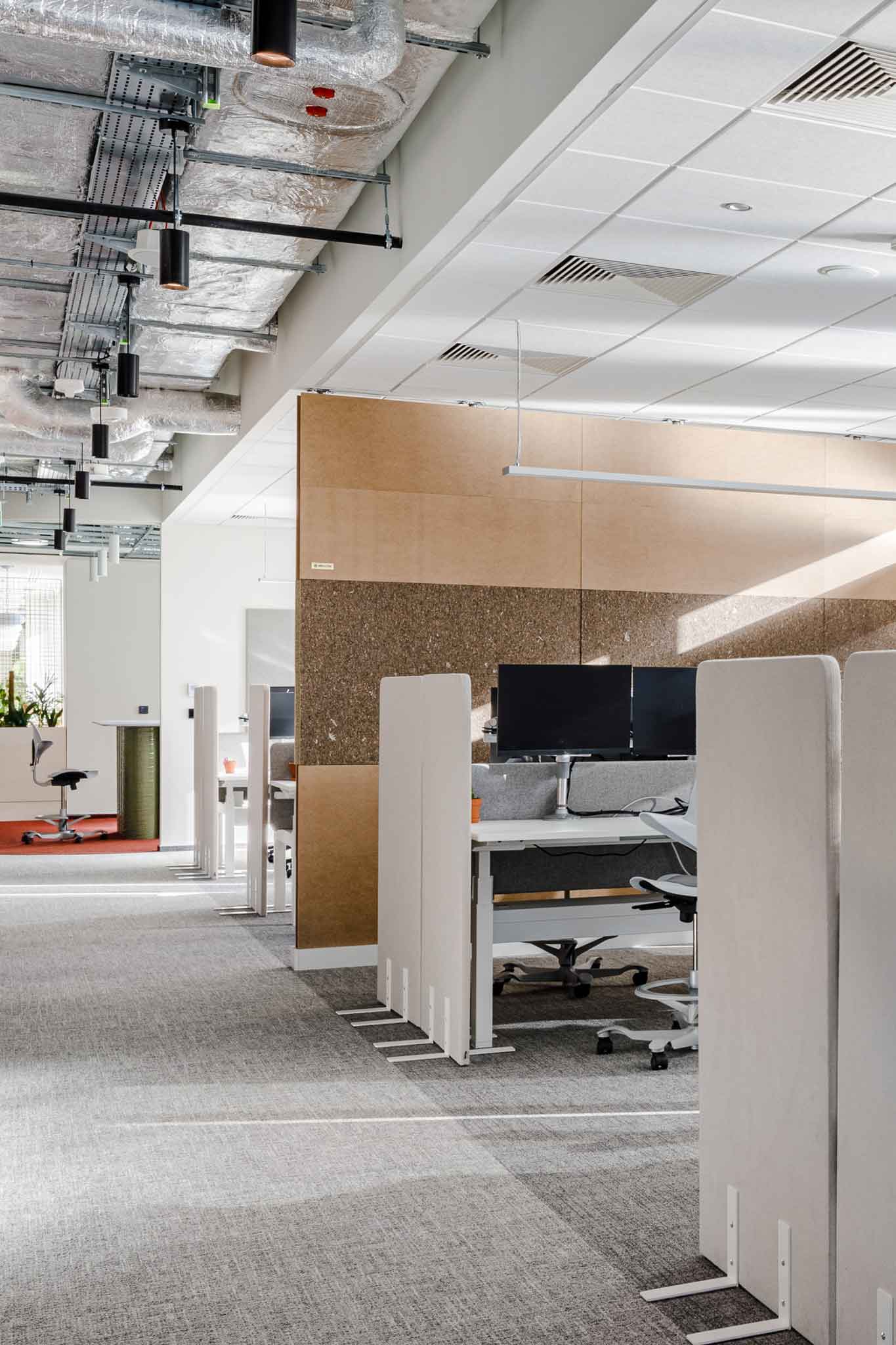
building better with adaptable partition walls
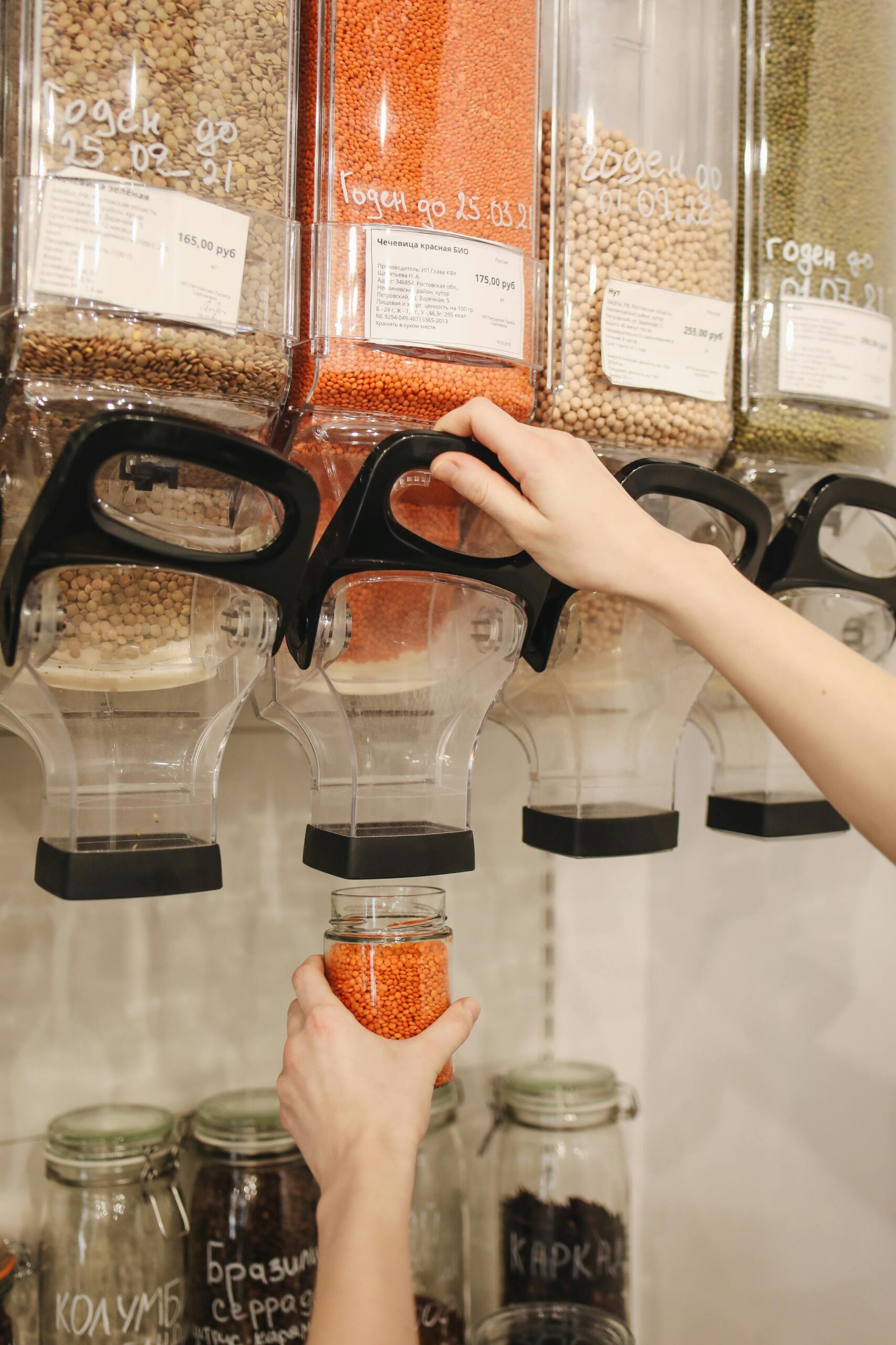
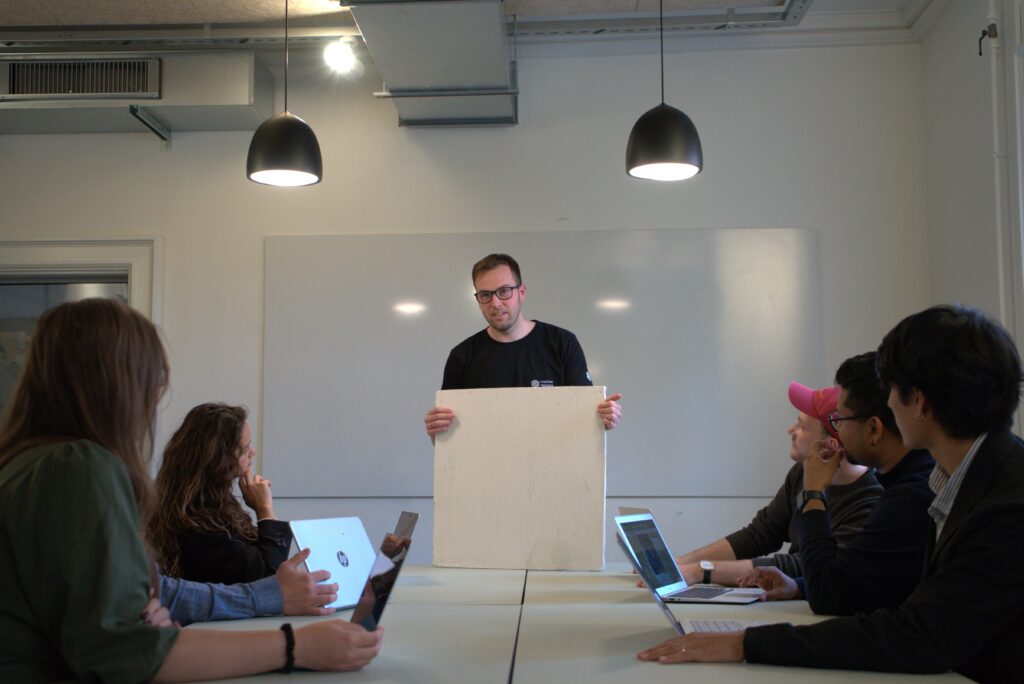
2 Responses
The detail you’ve provided here is much appreciated.
hi!
we’re glad you enjoyed the blog!
Ida, team mellow designs